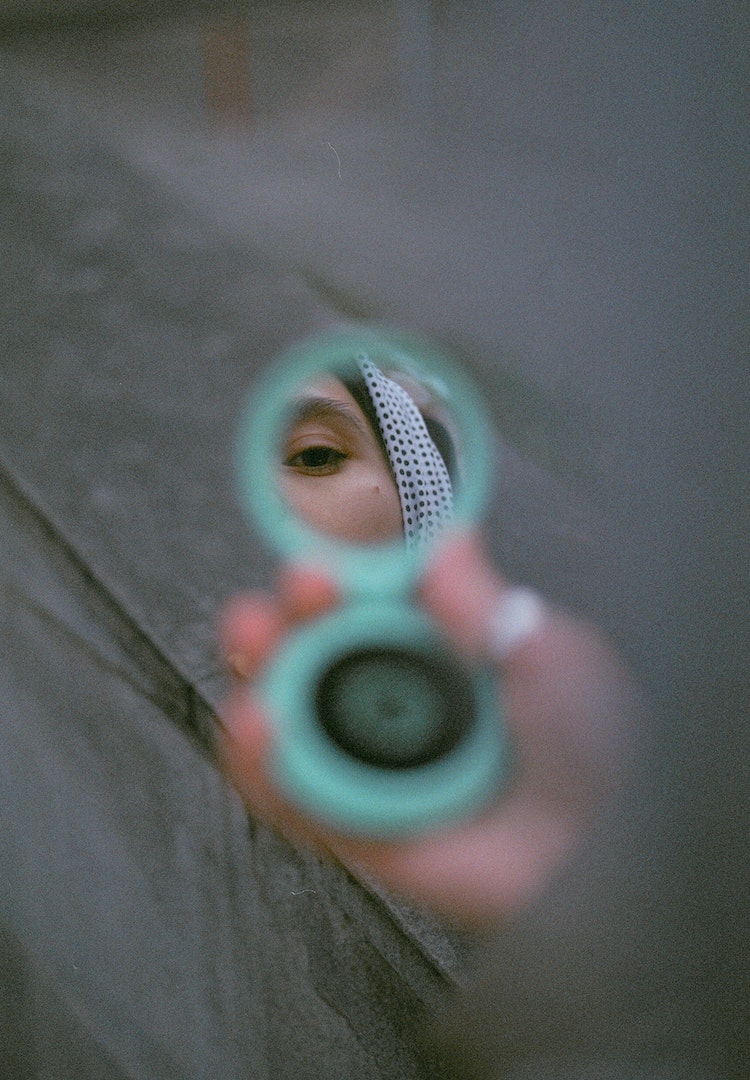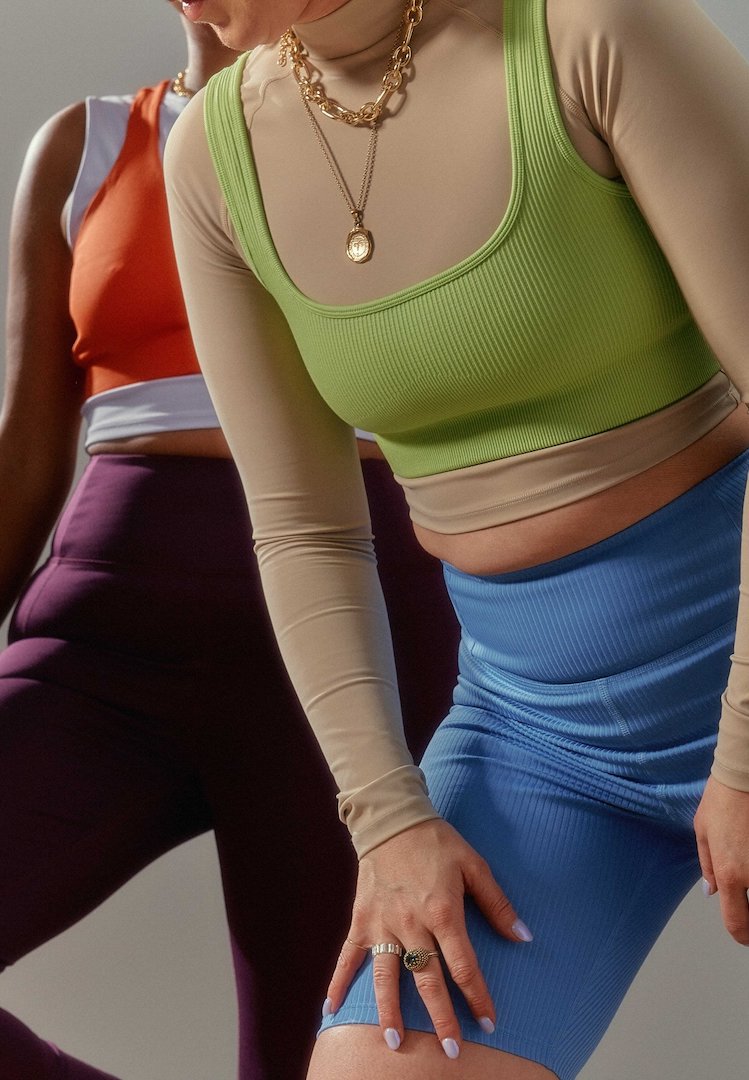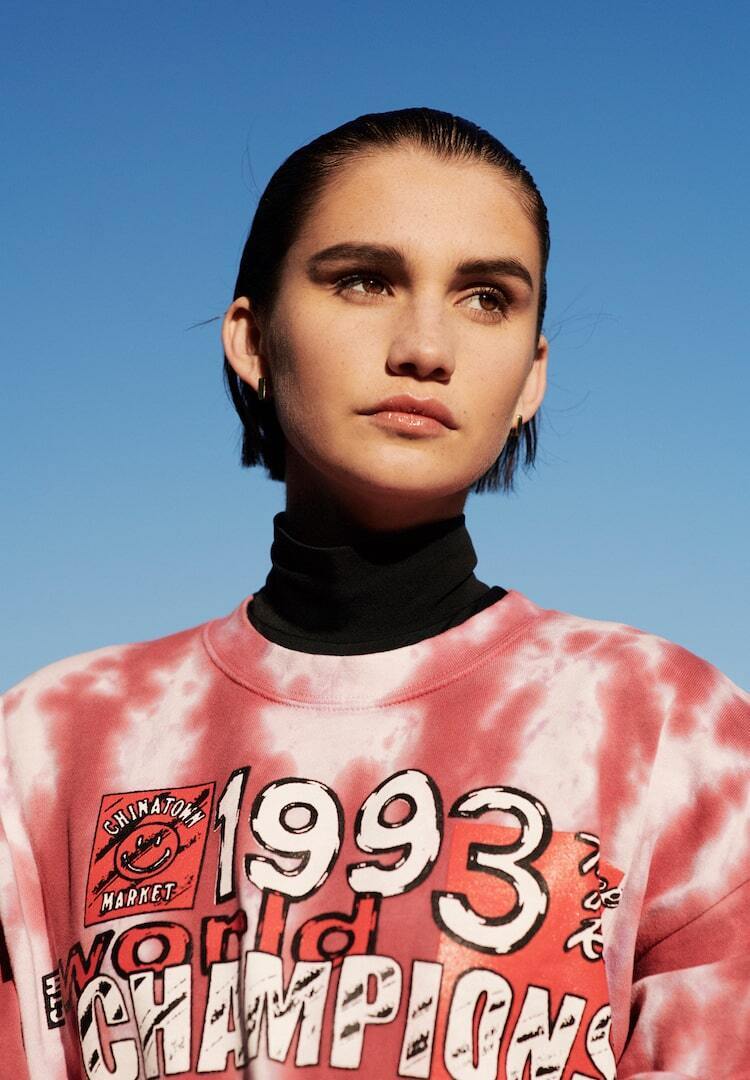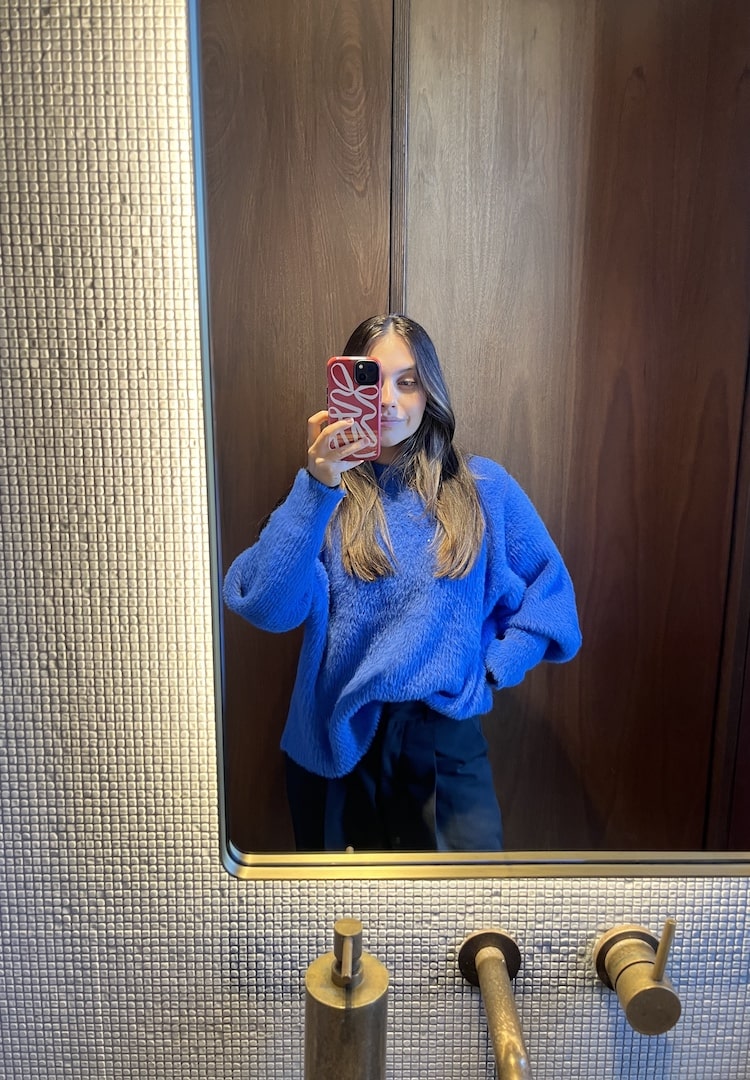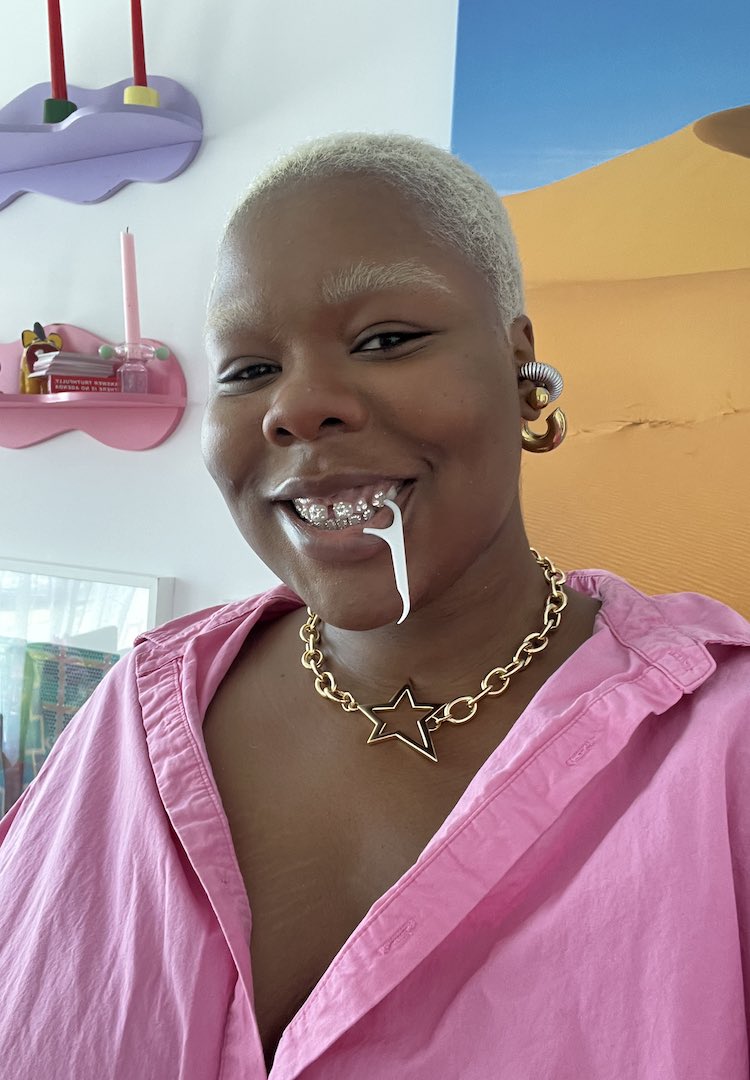I got my first-ever skin check, here’s why you should too
WORDS BY DAISY HENRY
A friendly reminder.
Despite having lived in Australia for most of my life and spending countless summers under the sun, the need to pay close attention to my skin has always felt like a far-off, future concern. My main motivator for applying sunscreen has been to avoid the unpleasantness of getting a nasty sunburn, which I’d also (wrongly) assumed was the only risk factor for skin cancer.
Over time, wearing a hat and playing in the shade has given way to spending hours lounging outside in the sun. Facial sunscreen has only just made its way into my beauty routine and even then, it’s admittedly due to more superficial motivators, like preventing ageing.
We like nosy people. Don’t be shy, head to our Beauty section for more.
When it comes to something like skin checks – well, they’ve barely crossed my mind. I’ve often associated getting them with being over a certain age, or with having large, identifiable moles that cause concern. I’ve never thought of skin checks as a simple and necessary check-up, like at a dentist or GP.
But Australia has some of the highest rates of melanoma in the world, to the point that it’s often referred to as ‘Australia’s national cancer’. Melanoma (of the skin) is the most common cancer for Australians aged 20 to 39, and 95 per cent of melanomas are caused by overexposure to UV radiation from the sun. However, when caught early, 90 per cent of melanomas can be cured by surgery, highlighting the need for early intervention and treatment.
After coming across Call Time on Melanoma, an Instagram page dedicated to providing information about melanoma (and given we’re enduring another Australian summer), I decided to get a skin check. Your GP can usually perform this, but I opted for a full-body skin check with Dr Moh Ehsani at MoleSpot Clinic, a skin cancer clinic specialising in skin concerns.
My experience
After arriving at the clinic, which felt just like a regular doctor’s office, I stripped down to my underwear and lay on the patient’s table. Dr Ehsani began the check by asking if I had any family history of skin cancer (which can be a major risk factor), and where I grew up (another potential risk factor).
“If you live in Australia, you need to have a skin check,” Dr Ehsani told me straight away, affirming my decision to book in. “Normally we recommend when you are 18 or 20 years of age onwards, you just check at least once just to make sure there is nothing [that is] very dangerous.”
MoleSpot uses a technology called dermoscopy. Dr Ehsani used a small, handheld microscope to closely examine all of the moles and freckles on my body (including areas I would struggle to check myself, like my ears, back and scalp).
He then took photos of two moles for future reference, so they could be tracked over time. All up, the entire process took around 15 to 20 minutes, and the clinic set a reminder so I could come back in four years for another skin check.
In total, the treatment came to $170, but with a $76.95 rebate from Medicare, it ended up being $93.05 out of pocket. Though I was grateful to have part of the cost covered, I recognised it was a privilege to have been able to pay for the check-up, no matter how essential they are to have done.
No hat, no play (and other ways to be sun smart)
While it’s important to get a comprehensive skin check, it’s equally as important to regularly check your own skin. “Self-checks [are] really important,” Dr Ehsani said. “You need to be aware of your skin as much as you can. So obviously we cannot look at the back of your ears… [but] you need to be aware of anything that is happening on your body.”
The ABCDE guidelines can be helpful when doing this – these involve checking the asymmetry of each mole, as well as the border, colour, diameter and whether they have evolved and changed over time.
After noticing some sunburn on my scalp, Dr Ehsani also reminded me of the importance of wearing a hat outside, particularly given it’s often an exposed area. However, it also pays to keep in mind the daily UV index, and (though this should go without saying), to regularly apply an SPF, water-resistant sunscreen (even on windy and overcast days).
For information on how to check for skin cancer on dark skin, head here.


